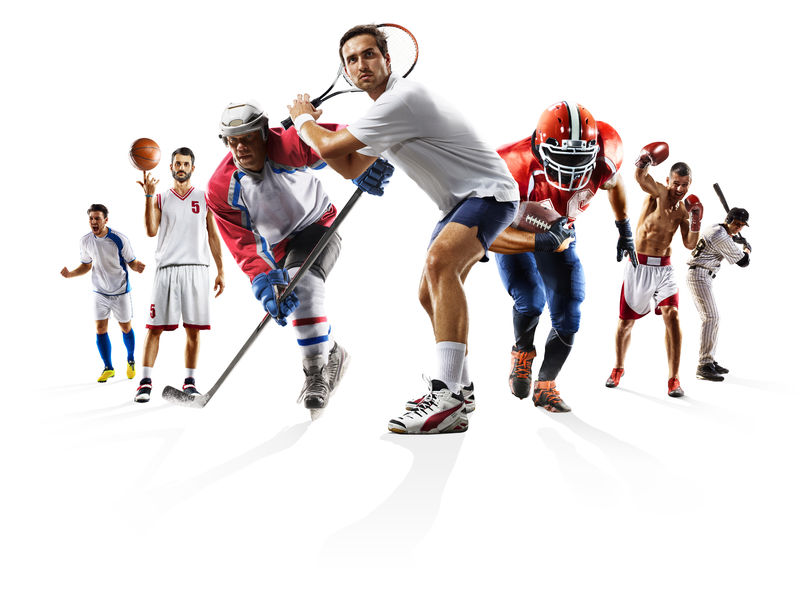This test is run by .
Note that your final mark will not be saved in the system.
Note that your final mark will not be saved in the system.
2.1 Classification of skills GapFill
Target Level
4-5
Running Total
0
0%
Attempt
1 of 3
You must fill all the gaps before clicking ‘Check Answers!’

Skill in sport can be defined as the level of efficiency at which a learned behaviour brings about a predetermined result. This means that skilful movements should be carried out with certainty and require relatively little effort.
All skills can be categorised into one or more of the following classifications, placed on various continua.
- Complex and skills feature at each end of the complexity continuum. At the complex end, skills are difficult to perform and require higher levels of concentration (e.g. a front somersault). At the other end, skills are simpler to perform and, therefore, require little concentration (e.g. running).
- and closed skills are at two ends of the environmental continuum. Closed skills take place in a fixed, predictable environment, whereas skills at the other end of the continuum can be affected by factors such as the weather, the opposition, teammates and the situation. Skills such as taking a rugby conversion in the wind are paced, while closed skills are paced.
- High- and low-organisation skills are placed at the two ends of the organisation continuum. High-organisation skills contain many phases that cannot be broken down and performed separately. An example of this is a squat, where the full movement must be performed in one go and cannot be broken down into separate components. Low-organisation skills involve parts that can be separated and performed individually, before linking them back up and performing the whole skill. An example of this is a tennis serve, which could be broken down into the arm action and leg action or the preparation and follow-through.
In order to learn these skills, they must be practised. There are many types of practice and certain types better suit specific individuals. These are discussed below.
| practice | Involves repetitive learning of the entire movement until full skill acquisition has been achieved. This is suited to more athletes as it requires high levels of fitness to persist at learning the skill without taking breaks. |
| practice | Allows time to be taken in order to perfect a skill. This means that it incorporates breaks to allow the individual to rest and reflect; therefore, it is suited to those who are unable to persist at a task without need for rest, such as individuals who have little training experience, and thus fitness. |
| practice | Involves numerous approaches to learning the skill, such as trying it in different ways, environments or situations. This makes it more transferable to multiple aspects of performance and prepares the individual to better adapt the skill to suit the specific scenario. For this reason, it is best suited to skills. |
| practice | Is a repetitive form of practice best suited to closed skills, and it involves exact replication of motor patterns in order to perfect the sequence of movement. |